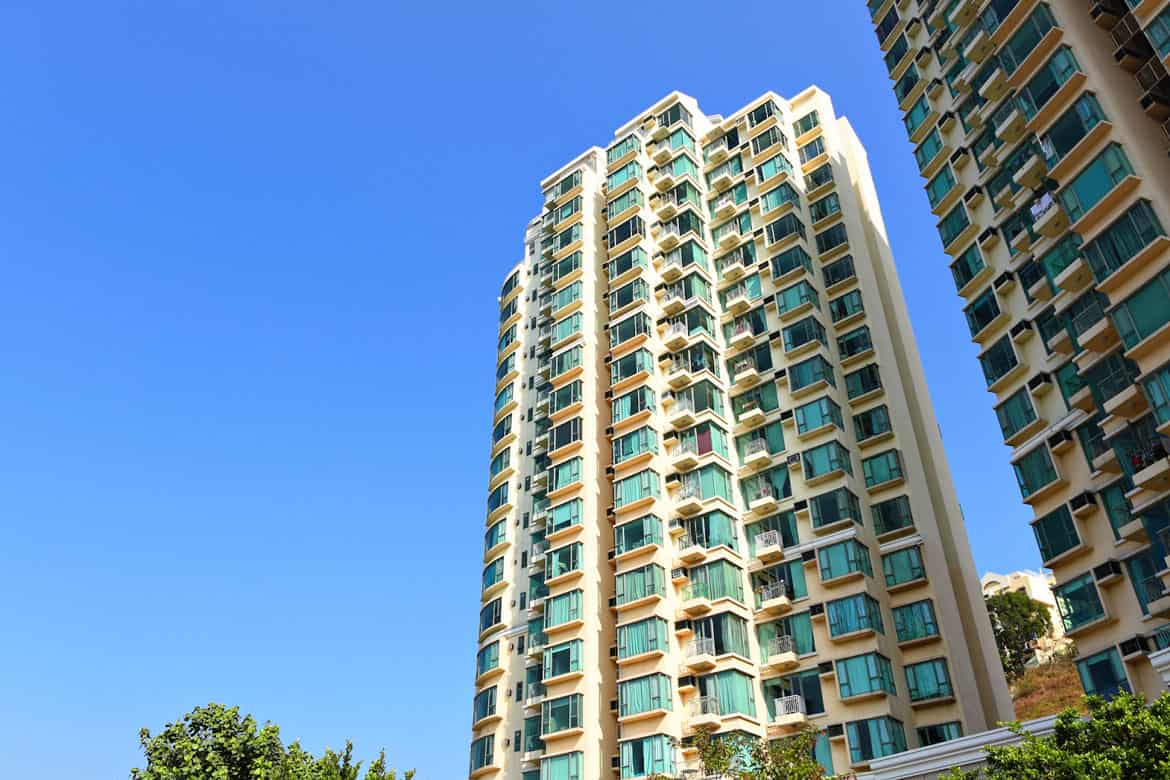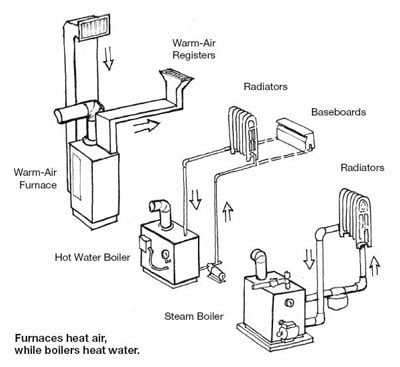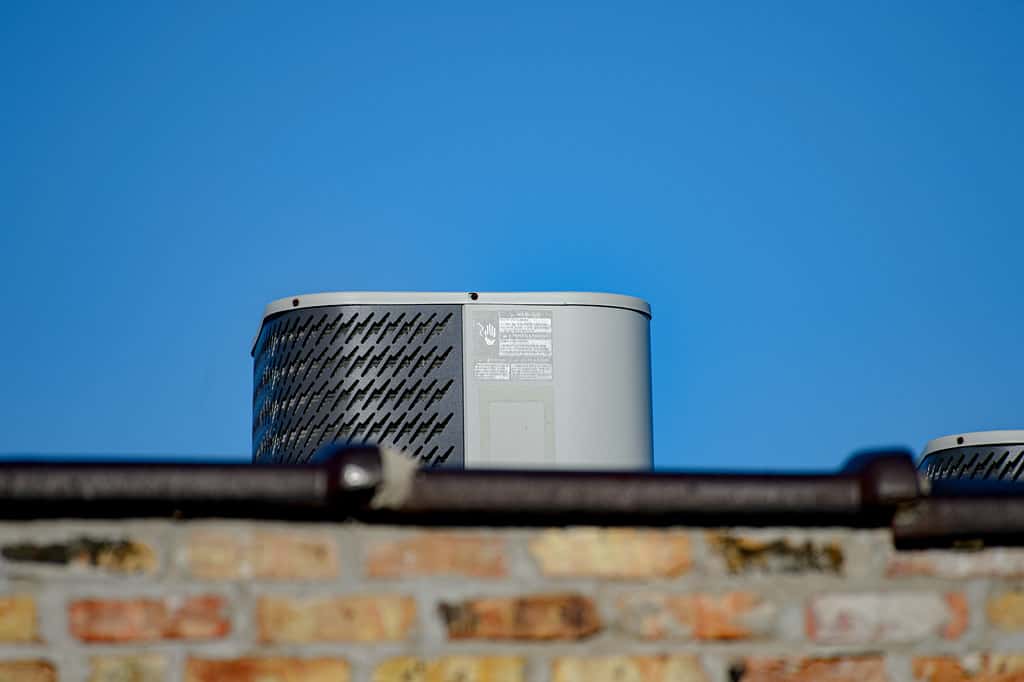Important Criteria for Designing a High Rise Building
Be it condominiums, offices, shopping centers, or mixed-use complexes, high-rise buildings are the mainstay of today’s urban environment. Moreover,...
Floor, wall and ceiling mounted to meet your unique project design.
2 min read
Joe Hullebusch : May 25, 2019 12:00:00 AM

(Source: Deposit Photos)
In residential buildings, such as apartments, heating is an essential component for good indoor air quality (IAQ), especially in terms of delivering occupant comfort. In fact, in some jurisdictions heating is a regulatory requirement for landlords and building owners.
However, heating is also expensive in terms of both upfront and long-term life-cycle costs. So you have every incentive to procure an efficient system. In this post, we will examine the most efficient types of apartment heating systems available in today’s market.
.
The Most Efficient Types of Apartment Heating Systems:
A central heating system works by delivering warm air to multiple apartment suites from one originating point. The system distributes the warm air through the building ductwork, such as underfloor air distribution (UFAD)-based ductwork.
Furnaces are among the most common types of central heating systems. These typically work by heating-up a metal exchanger through which the system forces air through before delivering the air to the ductwork and the building’s various rooms.

(Source: Smarter House)
Boilers distribute heat by using pump-forced water to travel through pipes around the building and push heat to room-facing radiators.
In general, perimeter heating systems work by distributing air through UFAD ductwork installed on the perimeter or outer area (by the walls, for example) of the room.

(Source: The Free Dictionary)
The leading option for deploying perimeter heating is to use trench heating units.
There are no room-facing radiators involved. Instead, trench heating devices draw air through the register or grille, heat it, and then return it to the room. In other words, trench heaters use natural convection as a means to warm the room.
You can opt for either hydronic (water) and electric systems. The hydronic system could work with hot water boilers as well as energy efficient sources such as geothermal and solar. The electric heater could simply connect to your building’s existing system.
Trench heaters provide a range of benefits, not least 10-20% in cost savings as well as the ability to free-up floor space and deliver thermal comfort to occupants more effectively.
You can also provide perimeter heating through pedestal heaters. Unlike trench heaters, which you install below the floor, you can use pedestal heaters at floor level.
Lower Your Building Operating Costs
via Trench Heating Systems
In situations where there’s no ductwork to distribute air (or it isn’t possible to install one in the building), you could heat individual units through direct heating systems. However, unlike the options we had outlined above, especially trench heating, these methods are not ideal.
These are available in a variety of configurations, including wall-mounted, free-standing, and floor-based. However, since there are no ducts involved, you can only heat multiple rooms by leaving doors between the room with the heater and the rooms without it all open.
The advantage of these heaters is that they are portable and inexpensive to buy. They make for good interim options, but as with gas-fired space heaters, these are not as efficient as the types we had outlined above, especially perimeter heating options such as trench heating.
For More on Building Heating, Ventilation and Air Conditioning Systems:
Radiant floor heating systems work by installing water pipes under the floor. When those pipes run with warm water, the system diffuses heat to the room using the floor. However, this system is both challenging to install and a limiting factor when it comes to your choice of floor finishes.
Overall, it is clear that your HVAC system will impact your operating costs. To lower your costs, you need an efficient HVAC system.
Yes, it is a costly upfront expense, but you will generate a robust return-on-investment over the long-term.
At AirFixture, we help building owners install HVAC systems that lower their long-term building operating costs and raise building value. Contact us today to see how you can leverage these advantages to make your property more competitive.

Be it condominiums, offices, shopping centers, or mixed-use complexes, high-rise buildings are the mainstay of today’s urban environment. Moreover,...

Casinos rely on their patrons to drive revenue, but it wouldn’t be accurate to restrict the revenue generating potential to just their core business....

A commercial HVAC project is a major undertaking.